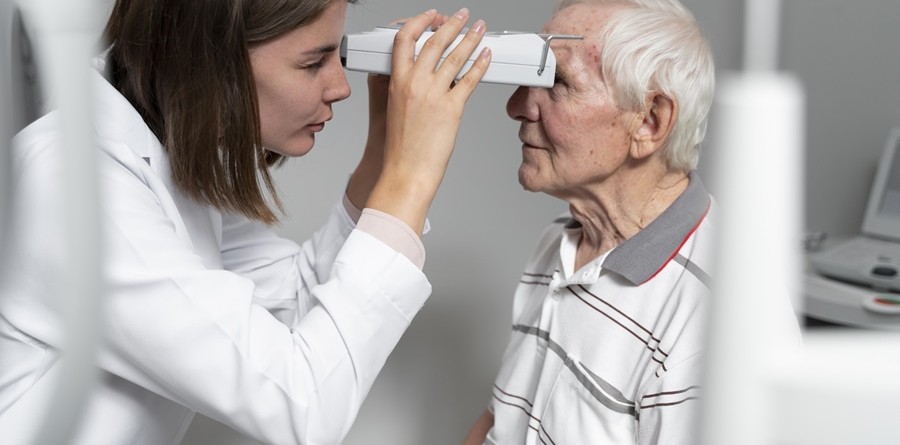Diabetes and Vision Risks
Diabetes significantly impacts eye health, making diligent blood sugar management essential for preserving clear vision. People with diabetes are at a heightened risk for several eye conditions, including diabetic retinopathy, diabetic macular edema, cataracts, and glaucoma, which can lead to severe vision impairment or blindness if not addressed early.
Key Eye Conditions Linked to Diabetes
Both Type 1 and Type 2 diabetes increase the likelihood of developing specific eye disorders. These conditions are among the leading causes of vision loss in adults, emphasizing the need for proactive eye care.
Diabetic Retinopathy
Diabetic retinopathy develops when high blood sugar damages the blood vessels in the retina, the light-sensitive layer at the back of the eye that sends visual information to the brain. Damaged vessels may leak, swell, or bleed, causing symptoms like blurred vision, trouble seeing in dim light, floaters, or dark spots. Without intervention, this condition can progress to significant vision loss.
Diabetic Macular Edema
This condition occurs when fluid leaks into the macula, the part of the retina responsible for sharp central vision. Uncontrolled blood sugar can trigger abnormal blood vessel growth, leading to swelling in the macula and distorted or blurry central vision, which can severely affect daily activities like reading or driving.
Glaucoma
Diabetes can increase the risk of glaucoma, a condition where high pressure in the eye damages the optic nerve. In some cases, diabetes causes abnormal blood vessel growth on the iris, further elevating eye pressure. Symptoms may include gradual vision loss, eye pain, or seeing halos around lights, and untreated glaucoma can result in permanent blindness.
Cataracts
People with diabetes are more likely to develop cataracts at a younger age. This condition clouds the eye’s lens, leading to hazy or blurred vision. Proper blood sugar control can help slow the progression of cataracts, but surgical intervention may be necessary in advanced cases.
Strategies for Managing and Treating Eye Conditions
While diabetic eye diseases cannot be fully reversed, early detection and treatment can halt or slow their progression. Treatment options include:
- Medications: Anti-VEGF injections or corticosteroids can reduce swelling in the macula or abnormal blood vessel growth.
- Laser Therapy: Used to seal leaking blood vessels or reduce abnormal vessel growth in diabetic retinopathy.
- Surgery: Procedures like cataract surgery or vitrectomy can restore vision or address severe retinal damage.
Regular eye exams, ideally annually, are critical for catching issues early, as many conditions progress without noticeable symptoms in their initial stages.
Preventive Measures for Eye Health
Protecting vision with diabetes involves a combination of lifestyle changes and medical vigilance:
- Control Blood Sugar: Keeping glucose levels within target ranges reduces the risk of eye damage.
- Monitor Blood Pressure and Cholesterol: These factors can exacerbate diabetic eye complications.
- Regular Eye Exams: Comprehensive dilated eye exams can detect early signs of retinopathy, glaucoma, or cataracts.
- Healthy Lifestyle Choices: Avoiding smoking, eating a balanced diet, and exercising regularly support overall eye and body health.
- Protective Eyewear: UV-blocking sunglasses can shield eyes from harmful rays that may worsen cataracts.
Broader Diabetes Complications
Beyond eye health, diabetes can lead to serious complications like cardiovascular disease, kidney damage, nerve issues, and foot complications. Consistent monitoring, adherence to treatment plans, and collaboration with healthcare providers are vital for minimizing these risks and maintaining overall well-being.
The connection between diabetes and eye health highlights the importance of proactive care. By managing blood sugar, attending regular eye exams, and adopting healthy habits, individuals with diabetes can significantly reduce their risk of vision loss and improve their quality of life. Early detection and timely treatment are key to preserving vision and addressing diabetes-related eye conditions effectively.










